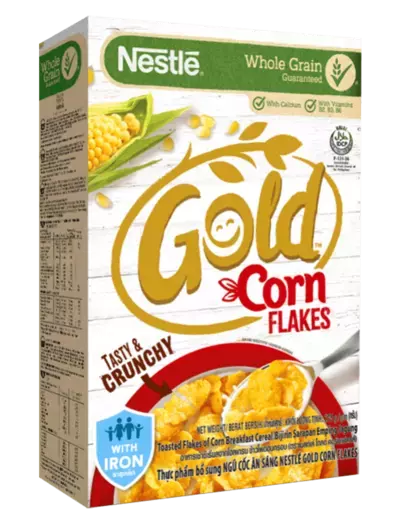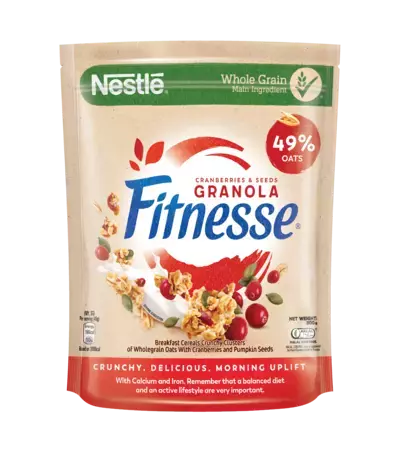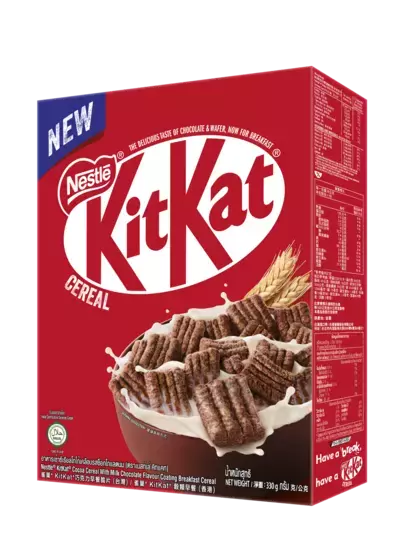whole grain is much more than fibre, it contains carbohydrates, proteins, some lipids and B vitamins, minerals and antioxidants. You can find at least 8g of whole grain per 30g serving from any of our breakfast cereals with the Nestlé® Green Banner!
Whole Grain Wholegrain
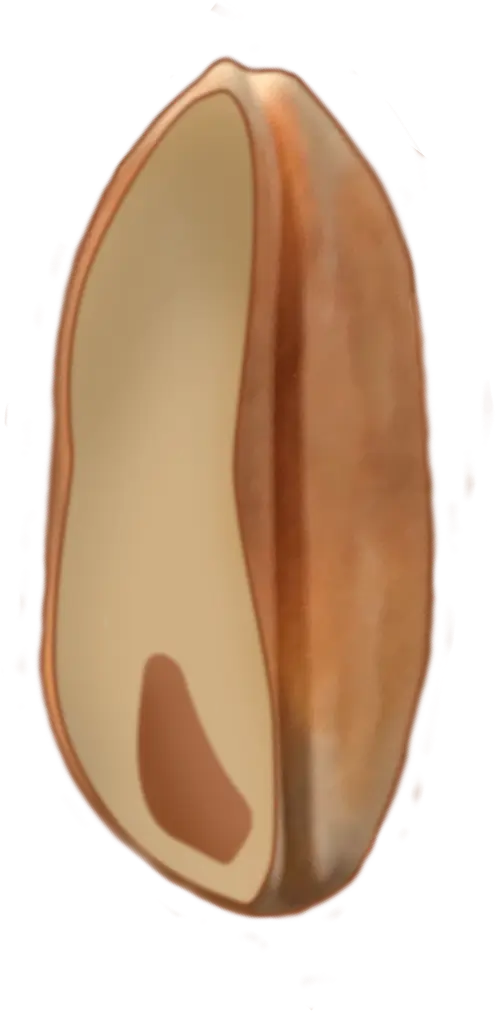






The bran
The starchy center
The nutritious core
IMPORTANCE OF WHOLE GRAIN
WHY WE CARE ABOUT whole grain?
That's why we’ve made whole grain the number one ingredient in all of our breakfast cereals with the green banner. The bold, bright green banner with the whole grain tick on our cereal packs shows our commitment to making it as easy as possible for you and your family to get tasty whole grain every morning. Wherever you see the green banner, you can be sure the breakfast cereal contains at least 8 grams of whole grain in each 30g serving Guaranteed.
WHY WHOLE GRAIN?
Whole grain provides a range of vitamins, minerals, fibre, starch and other nutrients – that’s why it’s often recommended we eat three to five servings of cereals and cereal-based products a day, and at least half of them from whole grains [¹].
When we wanted to know what people around the world think of whole grain, we asked them. We spoke to more than 16,000 people from 11 countries about the importance of whole grain
8 out of 10 people we spoke to think it's important to eat whole grain. But the same number of people don't know how much whole grain they should eat each day.
Less than half of the people we talked to think they eat enough whole grain. And over a third said people do not know where to find whole grain.
Fortunately, breakfast is a good way to get some whole grain first thing in the morning. So we’re always working behind the scenes to make sure our whole grain cereals give you and your family a daily dose of the good stuff.
BENEFITS OF whole grain
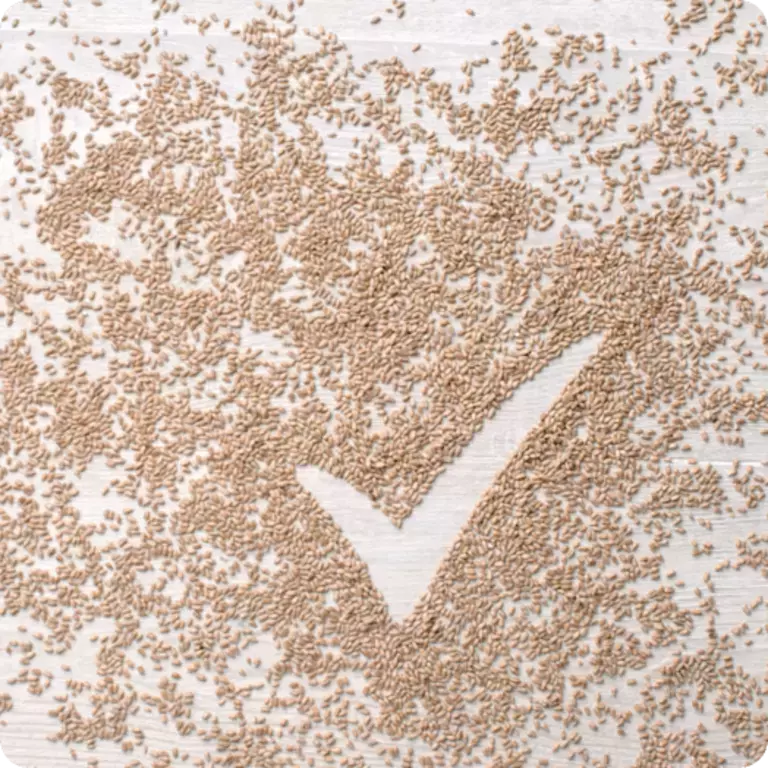
Nutritious: Whole grains mean you are getting all 3 parts of the grain in the same proportions as they are naturally found - this includes the outer bran, the starchy centre and the core, all bringing a unique combination of nutrients to our whole grain cereals!
All our products with the green banner have whole grain as the number one ingredient meaning they are also a source of fibre and recommended as part of a nutritious and balanced diet.

Tasty: Over the last 30 years, our teams have worked hard to improve the nutritional profile of our cereals.
We've reformulated our recipes to increase the overall amount of whole grain and consequently fibre while significantly improving the average amount of sugar and salt. All while keeping the same great taste! Keeping our whole grain breakfast cereals delicious over time is a key priority for our teams.
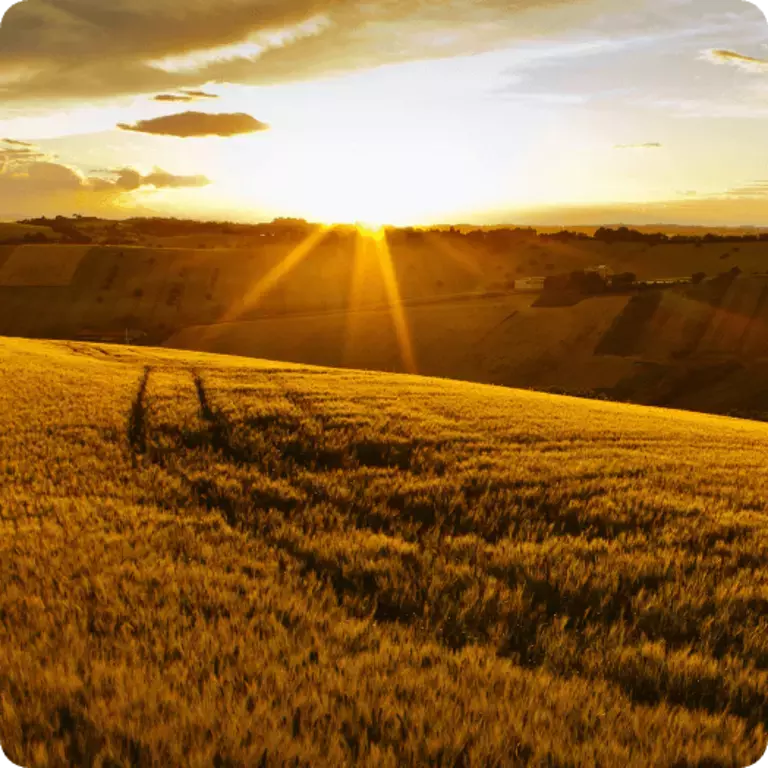
Responsible: From field to bowl, we take responsibility at each step of the way about how we select ingredients , how we produce the whole grain cereals you love, how we pack them and how they are transported to customers.

What is Whole Grain? (And Where do You Find It?)
Whole grains are complete grain. Unlike refined grains, none of its parts has been taken away (except the inedible parts, such as hull and husk). Whole grains mean you are getting all 3 parts of the grain in the same proportions as they are naturally found - this includes the outer bran, the starchy centre and the core, all bringing a unique combination of nutrients to our cereals!
Where can you find whole grain?
Whole grain can be found in:
-Wholemeal bread.
-Wholewheat pasta.
-Brown rice.
-Porridge made with whole grain oats.
-Whole grain breakfast cereal.
You'll need to check the label. And always look out for the Green Banner.
Working to Make Breakfast Better!
Your voice is leading the way to make breakfast better every day and helping us to provide a more nutritious breakfast option.


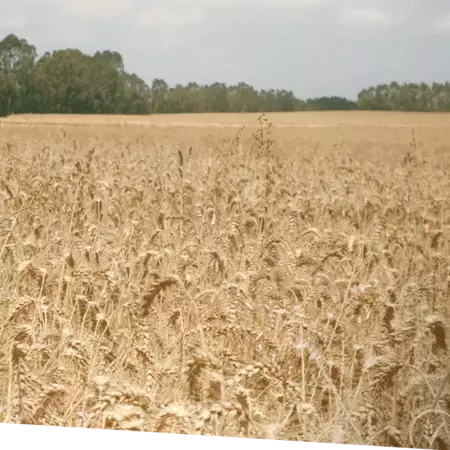
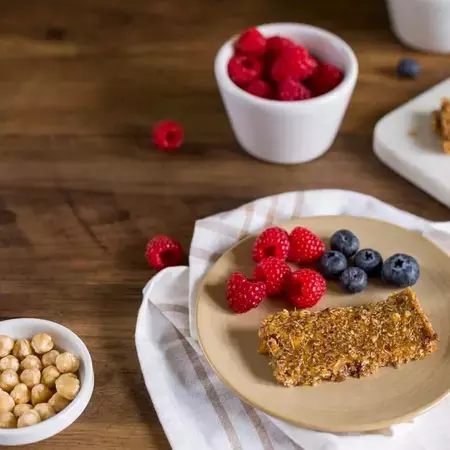

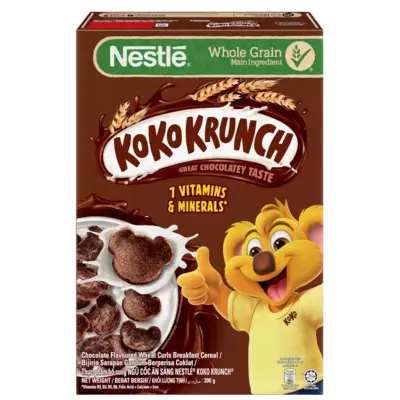
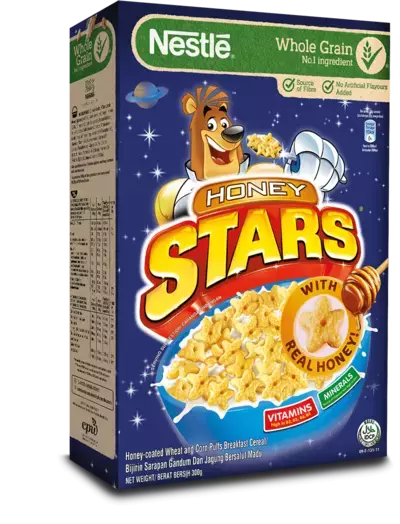
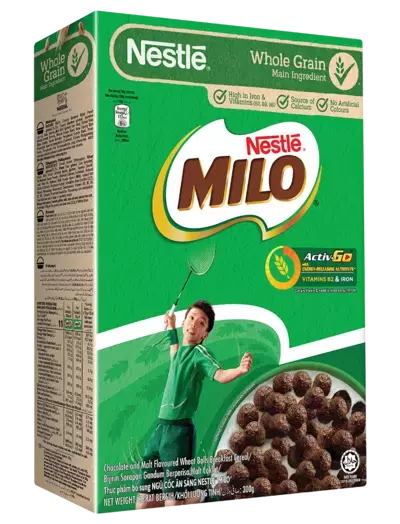
![[EE1572-NBC] TRIX 3D Simulation_330g_FR copy.png](/my/sites/g/files/qirczx916/files/styles/crop_thumbnail/public/2023-03/%5BEE1572-NBC%5D%20TRIX%203D%20Simulation_330g_FR%20copy.png.webp?itok=2Vzr08Il)
